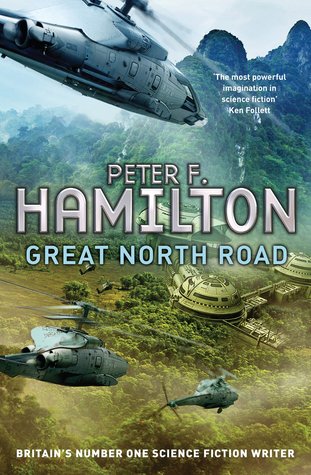So Canon, Nikon and Sony have all bought out cheaper full frame SLR (Single Lens Reflex) cameras. Joy to the world you may say. But sadly, it is not so for many, because despite the cheaper bodies, the lenses to do them justice are still REALLY expensive (especially the zooms). That’s fine for crazies like myself, but it is not going to result in a revolution over night.
What do these cameras have to offer you may ask? Good question.
All have very big, light sensitive sensors with somewhere around 20-24 megapixels. This means shooting in darker conditions and getting clearer shots. These cameras offer much expanded colour depth and dynamic range (dynamic range basically means capturing more bright and dark in a photo – so shadows have more detail within them for example). It also means some changes in depth of field compared to smaller sensor cameras. All are rocking pretty hi-tech autofocus systems that are well above the SLR norm, and all are built a lot more ruggedly than your average SLR. I’m not going to give a spec for spec comparison between the cameras, there are websites out there that do a far better job of analysing cameras and listing specs than me, so I’ll direct you to them instead below. But I will give you the basics.
Notably, the Sony A99 has an all digital system (electronic viewfinder), and is in-fact an SLT (Single Lens Translucent) system, where the mirror does not move when a shot is taken. This provides better video focusing (and in the smaller crop sensor digital SLRs, much higher shooting speed) although with a penalty of letting less light through to the sensor and shorter battery life. The Nikon D600 and Canon 6D are more similar and traditional SLR cameras, with moving mirrors and will most likely have slightly better light gathering capabilities compared to the Sony, although both have comparably slow autofocus in video, and (edit: slighty) slower frames per second than the A99 in camera mode.
Compared to older SLRs, all give up some button and switch functionality for video functions, so if you don’t do video, this may be annoying. But if you do, they can capture some nice input, although I am no videographer, so I can’t tell you how good (compared to an equally expensive video camera). If you have any interest in buying any of these cameras, and are fairly new to photography, it’s worthwhile getting to understand each brand’s ecosystem of lenses and flashes first before weighing the differences of each camera.
Links and more information below:
Sony A99
Preview 1: The Verge
Preview 2: Digital Photography Review
Places to consider purchase in USA: BHPhotovideo
Places to consider purchase in Australia: Ted’s Cameras
Canon 6D
Brochure: Canon
Preview 1: The Verge
Preview 2: Digital Photography Review
Places to consider purchase in USA: BHPhotovideo
Places to consider purchase in Australia: Ted’s (not available yet)
Nikon D600
Brochure: Nikon
Preview 1: The Verge
Preview 2: Digital Photography Review
Places to consider purchase in USA: BHPhotovideo
Places to consider purchase in Australia: Ted’s Cameras
Compare camera specs @ Snapsort
Compare camera specs @ The Verge
Compare sensors @ DXO
(It is worthwhile mentioning at DXO, all ISO performance curves for each image characteristic should be examined to get a complete understanding of each sensor, as the front-end number ratings appear to only account for things such as tonality and colour depth at base ISO)






